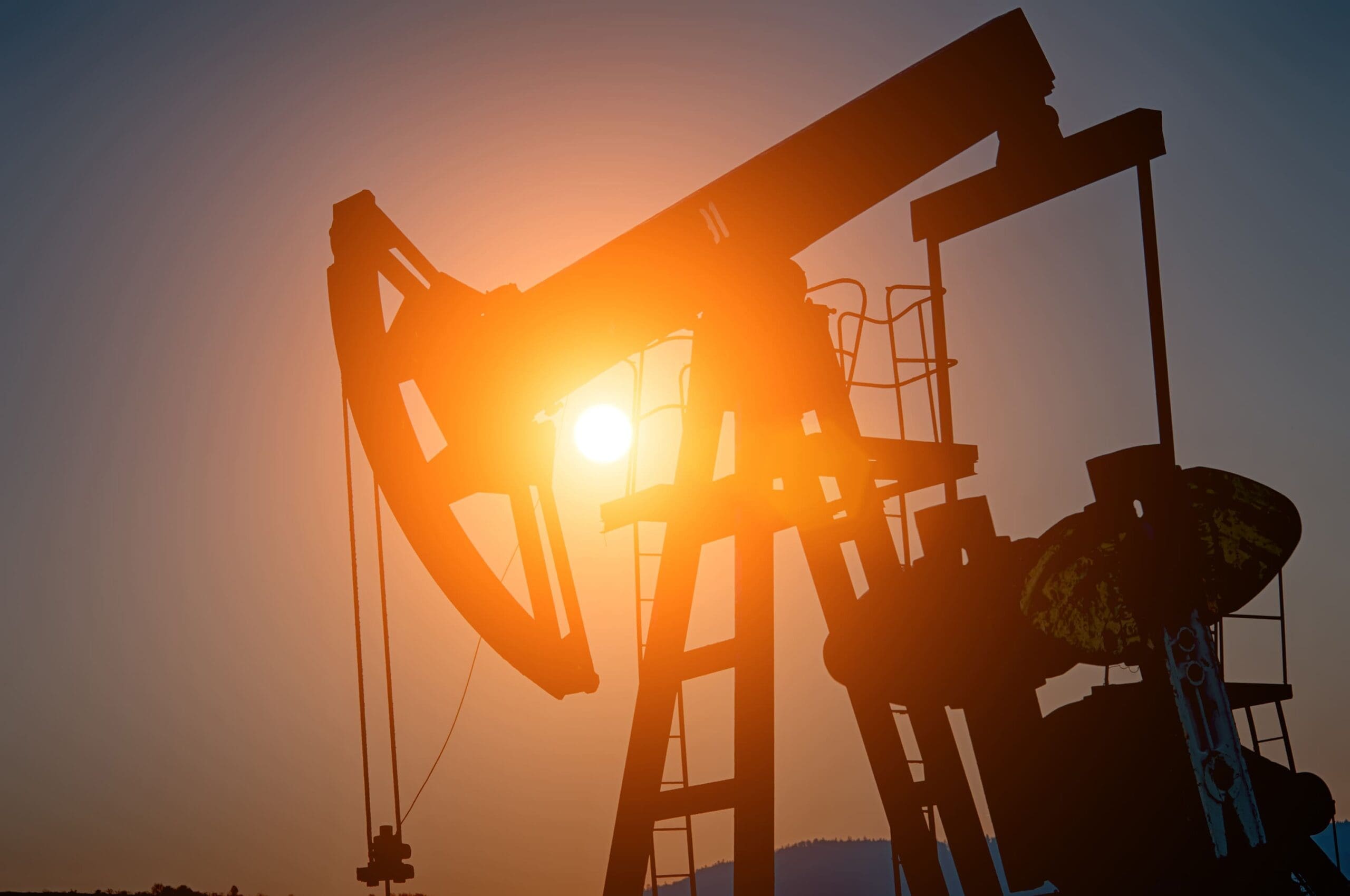
You Won’t Believe What the Heat Can Do in Southeastern New Mexico — Until It Happens to You!
The Shocking Truth About Summer Heat (and How to Stay Out of the ER)
Every summer, people in Southeastern New Mexico underestimate the desert heat — and every summer, someone ends up in the emergency room… or worse.
Whether you’re walking around Roswell, working in the oilfields near Hobbs, or taking the kids to the park in Artesia, one thing is true:
The heat out here isn’t just uncomfortable — it’s dangerous.
Here’s what you need to know to stay safe when the temperatures hit triple digits (and they will).
10 Heat Survival Tips for Southeastern NM Everyone Should Know
1. Don’t Wait Until You’re Thirsty — Drink Now
In this dry climate, dehydration hits fast. You may not feel sweaty, but you’re still losing water.
Drink at least 8–10 glasses per day, more if you’re outdoors or working.
2. Avoid the “Death Hours” (10 AM – 4 PM)
The sun’s radiation peaks during these hours. Plan errands, workouts, and yardwork for early morning or after 6pm whenever possible.
3. Dress Like You’re From Here
Locals know: lightweight, light-colored, loose-fitting clothes are the smartest choice.
Add a wide-brimmed hat and polarized sunglasses — your skin and eyes will thank you.
4. Sunscreen Isn’t Just for the Beach
Use SPF 30+ and reapply every 2 hours. UV rays in Southeastern NM are intensely strong, even on cloudy days.
5. Kids and Pets Are at Higher Risk
Cars can heat to 140°F in minutes. Never leave children or pets unattended — even “just for a minute.”
It’s not just dangerous. It’s illegal.
6. Know the Warning Signs of Heat Illness
Watch for:
-
Dizziness or lightheadedness
-
Nausea or vomiting
-
Rapid heartbeat
-
Confusion
-
No sweating
These symptoms mean it’s time to get out of the heat immediately and seek medical help if they don’t go away fast.
7. Stay Indoors During Heat Advisories
When temps spike above 105°F (common in places like Carlsbad and Hobbs), limit outdoor activity. Use fans, AC, or visit public cooling centers.
8. Don’t Count on Cell Service in Remote Areas
If you’re exploring desert backroads or trails, don’t assume your phone will work. Let someone know where you’re going and pack extra water.
9. Be Extra Cautious During Monsoon Season
From late June through September, monsoon storms can roll in fast, bringing dangerous lightning, flash flooding, and slippery roads.
Never drive through flooded streets — six inches of water can knock you off your feet; twelve can float a car.
10. Check the Forecast Before You Go — Always
Before heading out, know what you’re walking into. The heat can go from bad to dangerous in a matter of hours.
How to Check Real-Time Temps in Southeastern New Mexico
Before you leave the house, worksite, or trailhead — check the current and feels-like temperature. Here are free, easy ways to do it:
Local Weather Apps
-
MyRadar (great for storms + temp overlays)
-
AccuWeather (good for hour-by-hour and heat index)
-
WeatherBug (includes lightning alerts and real-feel temps)
-
NOAA Weather Radar Live (official data straight from the National Weather Service)
Websites for Quick Checks
-
Weather.gov → Enter your ZIP code for heat alerts and advisories
-
Weather.com → Up-to-the-minute forecasts and air quality
-
NM Roads → Real-time road conditions, closures, and weather for travelers
Smartphone Widgets
Add a temperature widget to your home screen to see the temp before you even unlock your phone. Both iOS and Android support this.
Heat Safety FAQs
How hot does it get in Southeastern New Mexico in the summer?
Temps often reach 100–110°F, with heat indexes even higher. Cities like Hobbs, Carlsbad, and Artesia are regularly under heat advisories in July and August.
What is the best time of day to be outdoors?
Before 10 AM and after 6 PM are safest. Midday sun in the desert can cause heatstroke in as little as 15 minutes.
What are signs of heatstroke?
Confusion, lack of sweat, hot/dry skin, rapid pulse, and fainting. Call 911 immediately if these occur.
What should I carry during summer outings?
Water, sunscreen, a hat, cooling towel, electrolyte packets, and a charged phone. Going remote? Bring backup water and a map.
How can I cool my home without AC?
Use blackout curtains, box fans, cook late, and stay hydrated. Visit libraries or public spaces during peak heat if needed.
Final Word: The Desert Doesn’t Care Where You’re From
Whether you’re a ranch hand, rig worker, road tripper, or area native — the sun in Southeastern NM is relentless.
When heat-related emergencies strike in Southeastern New Mexico, Artesia General Hospital is often the first line of defense. Their emergency department sees a spike in patients every summer with symptoms of heat exhaustion, dehydration, and full-blown heatstroke — many of which could’ve been avoided with early intervention. The hospital’s skilled emergency team is equipped to recognize and treat the serious effects of extreme heat quickly and effectively, often making the difference between a close call and a critical situation.
For non-emergency heat-related concerns, like persistent fatigue, dizziness, or mild dehydration, the Walk-In Clinic at Memorial Family Practice provides fast, same-day care without an appointment. It’s a convenient and trusted option for anyone needing prompt evaluation without going to the ER. Whether it’s a minor heat issue, sunburn, or just not feeling right after a hot day outside, the clinic’s providers can help you get back on track — before it becomes something more serious. Artesia General Hospital and its affiliated clinics are here to keep the community healthy and safe all summer long.
Respect the heat. Check the temp. Share the tips.
Because the only thing more brutal than the heat — is thinking it won’t get to you.
